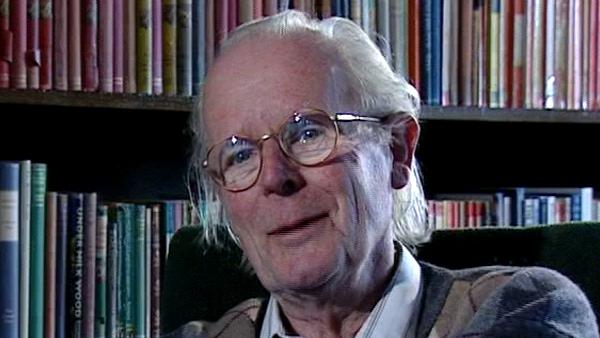Price's theorem, which is a theorem in population genetics, which he did partly as a result of interactions with Bill Hamilton. I'm not going to tell you what Price's theorem is because I don't actually understand it. And this is a curious thing about how scientists think, I believe. There are two kinds of - this is a digression, in a sense, but I think it's quite interesting - there are two kinds of mathematical or formal theory that one can make in science. One is a sort of microscopic theory, you try to explain the behaviour of something in terms of its components and the way they interact and so on. And there are what one might call phenomenological theories, which describe the behaviour of systems in terms of measures made on whole things. To make that perhaps clearer if I give an example. There's two kinds of thermodynamics. There's statistical thermodynamics, as developed by Boltzmann and Maxwell, in which you try to explain the behaviour of a gas, for example, in terms of the behaviour of the individual molecules and their collisions and so on. It's what I call a Microscopic Theory. Or there's classical thermodynamics, as developed by Gibbs, in which you ascribe properties like temperature and entropy and so on, to the system as a whole, and you write down relations about how those global properties will change. It seems to me that most scientists think in one of those modes but not both. I think if you're a genius, you may be able to think in both, but most of us either think in microscopic models or we think in global, descriptive sort of models. I'm a microscopic man. I cannot think - I never understood entropy, even when I was an engineer. That's not to say I couldn't use it, I could look it up in the tables and calculate what the heat was going to do. But it never meant anything to me at all. I'm a microscopic man, I had to do it by the statistical thermodynamics method. I think the trouble with Price's theorem, and a certain approach to population genetics, which is based on variances and covariances and so on, which is quite influential, I mean, George Price is not, by any means, the only person to do population genetics like that. I mean, even Fisher had a bad habit of doing it that way. And there's the sort of gene frequency, gene-centred approach of explaining Population Genetics in terms of the frequencies of individual genes. I'm a gene man, I can't do variances and covariances, I have to rethink every time what a covariance is, it's no good. It's not that I can't use the formulae if I have to, but it just isn't the way I think. So I was unable to follow George Price, later, into his move into statistical analysis. What George was trying to do was, in a sense, actually, to give a statistical formula justification for some of the ideas that Hamilton had had. And it's clear, looking at the correspondence between Bill and myself, and George, that George really felt that Hamilton had not proved his case and that you really had to do it this covariance way before it was proved. It's not a view that I share. I don't know where Bill stands on this, I mustn't put words into his mouth, you know. But it is very striking that there isn't just one way of modelling the world, there are often two ways of modelling the same phenomenon, and depending upon what kind of mind you have, you may find one or the other illuminating.






